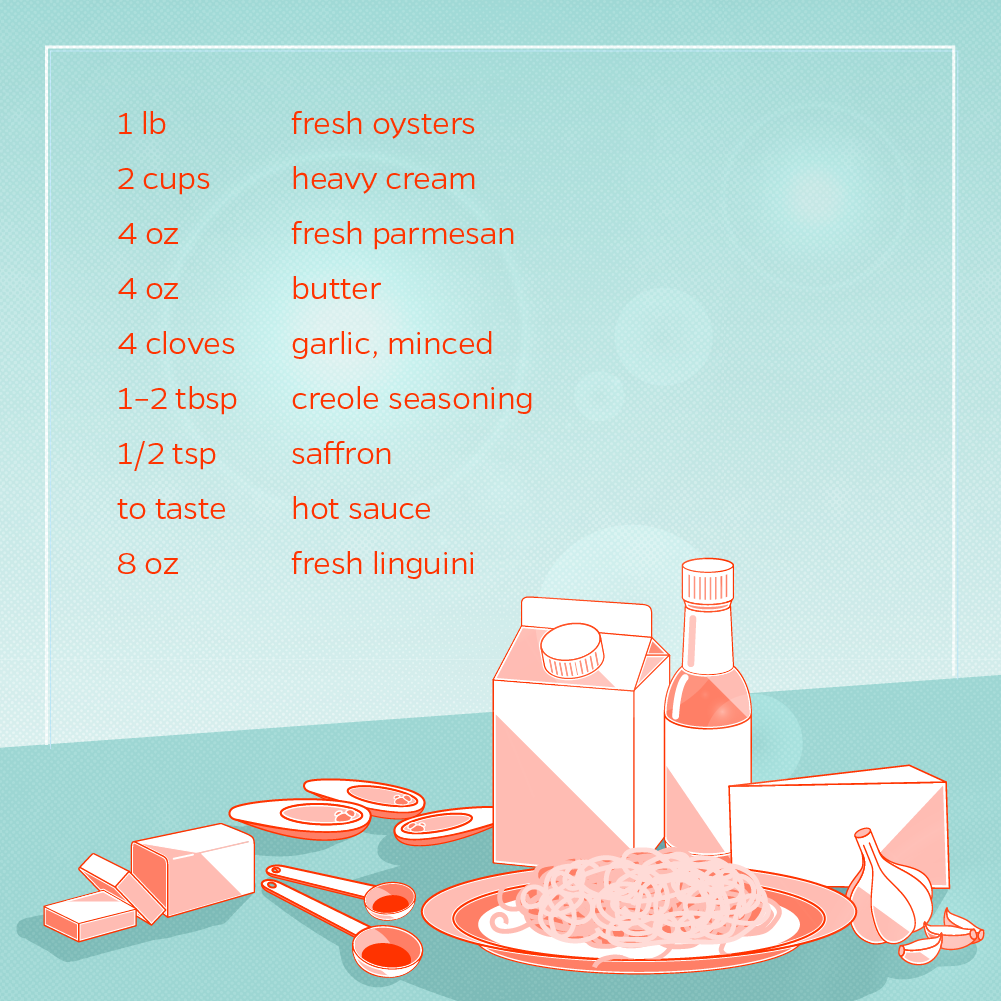
Many turn to oysters for Valentine’s Day energy, UF researchers say
With Valentine’s Day around the corner, you might be thinking about revving things up by eating a few oysters. We’ve all heard that oysters are aphrodisiacs, but researchers with the University of Florida Institute of Food and Agricultural Sciences say there’s more to the story.
“Oysters might be perceived as an aphrodisiac because they have a high proportion of glycogen, a form of stored carbohydrate that can give you energy,” said Peter Frederick, a research professor with the UF/IFAS department of wildlife ecology and conservation.
Leslie Sturmer, a regional UF/IFAS Extension agent specializing in molluscan shellfish aquaculture, says the high nutritional content of oysters helps people feel good, hence the reputation for being an aphrodisiac.
“Oysters have a high zinc content, have very little fat and are full of essential vitamins and minerals,” she said. “So, consumers who eat oysters regularly may attribute extra energy to the oysters.”

Directions: Heat a sauté pan to high heat; add the butter and garlic, sauté the fresh oysters for 2 minutes. Remove them from the sauté pan; add the heavy cream, Creole seasoning and saffron. Reduce the cream until it thickens, put the oysters back into the cream and add your favorite hot sauce. Cook for another 2-4 minutes and serve over linguini. Top with the fresh Parmesan cheese.
Illustration by Michael McAleer
While scientists are not sure that oysters are an aphrodisiac, they are sure that more and more people are falling in love with the creatures. Oyster bars are popping up across the country, and prices have never been higher, Sturmer said. “Branding is focusing on the different taste of oysters from different bodies of water,” she said.
The French use the word “terroir” to describe the characteristics of a vineyard or cropland – soil composition, slope of the land, climate – that gives unique local flavor to food. The word “merroir” (from the French word for the sea mer) has now come to be applied to the taste of seafood, and particularly oysters, Frederick said. Consumers say that oysters from Apalachicola taste different from those in Cedar Key, and oysters from individual rivers in the northeastern U.S. have their own, well-defined merroir, he said.
“Consumers request oysters based on location, which reflects brininess, saltiness and mineral flavors,” Frederick explained. “They know what they want, and the depth of flavor appreciation has exploded.”
For more information on oysters, click here.